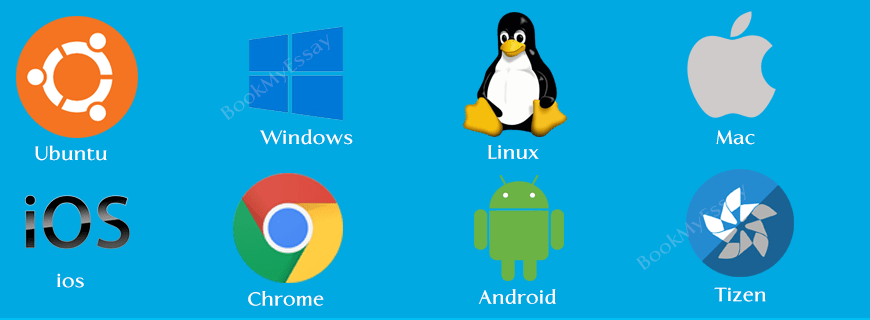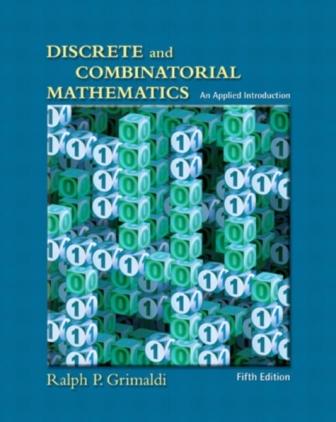OBJECTIVE OF THE COURSE:
- To make students understand the Operating System architecture, how a process undergoes various stages, including deadlock situation
COURSE OUTCOMES:
By the end of the course, the student will be able to :
- CO 1: Able to demonstrate the architecture of OS
- CO 2: Ability to understand the services of OS
- CO 3: Able to differentiate various system calls
- CO 4: Able to analyse process synchronization
- CO 5: Able to demonstrate CPU Scheduling algorithms
- CO 6: Understand deadlock reasons, prevention, detect, avoidance and recovery

- Teacher: VIDYA SAGAR JODU
Objective: 1. Students learn some concepts in set theory and logic.
2. To develop logical thinking and its application to computer science
Course Outcomes:
After the completion of the course students appreciate its importance in the development of computer science.
Students will be able:
CO1: To write an argument using logical notation and determine if the argument is or is not valid
CO2: To construct simple mathematical proofs and possess the ability to verify them
CO3: To understand the basic principles of sets and operations in sets and prove basic set equalities
CO4: To apply counting principles to determine probabilities

- Teacher: DAYANANDA BABU V
Python is an interpreted, object-oriented, high-level programming language with dynamic semantics. Python's simple, easy to learn syntax emphasizes readability and therefore reduces the cost of program maintenance. Python supports modules and packages, which encourages program modularity and code reuse.
COURSE OBJECTIVES |
|
|
CO1 |
To provide Basic knowledge of Python |
|
CO2 |
To learn how to design and program Python applications. |
|
CO3 |
To understand why Python is a useful scripting language for developers. |
|
COURSE OUTCOMES |
|
|
CO1 |
Will lead the students to perform basic writing and running of Python scripts |
|
CO2 |
Master the fundamentals of writing Python scripts |
|
CO3 |
Learn core Python scripting elements such as variables and flow control structures |

- Teacher: NOOR UNISA
- Teacher: DAYANANDA BABU V
Course Objective
1. Determine the maximum and minimum values of the polynomial equation.
2. Understand the relation between the roots of the polynomial equation.
Course Outcomes
CO1. Use the graphical method for determining the maximum and minimum of the polynomial equation.
CO2. Apply theorems for number of roots of the polynomial equation.
CO3. Apply Descartes rule of signs to find the number of positive and negative roots of the polynomial equation.
CO4. Form a relation between the roots and coefficients.
CO5. Determine the roots relation of the polynomial function.
CO6. Apply cube root of unity to establish the properties of binomial cubic.

- Teacher: NAGENDRA KUMAR GOLLAPUDI